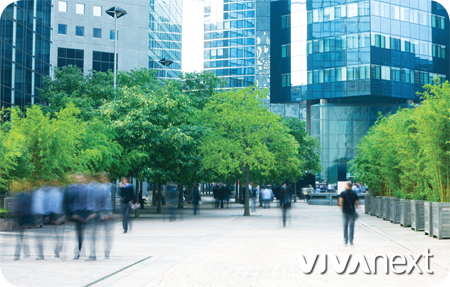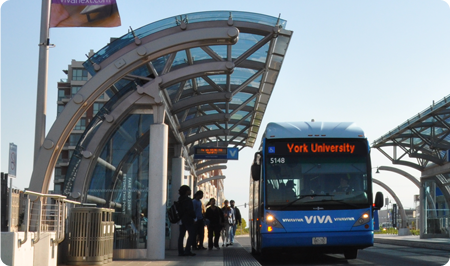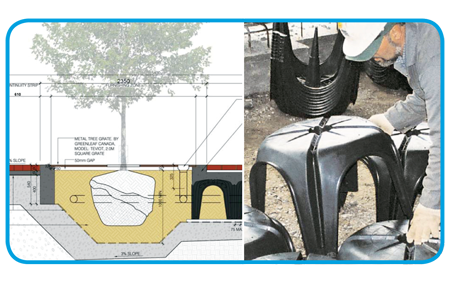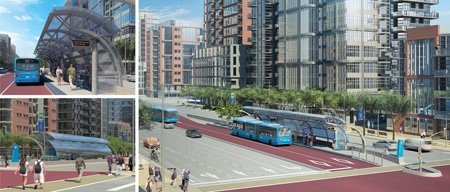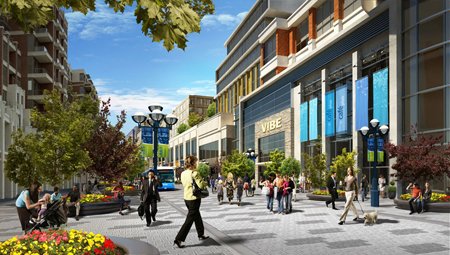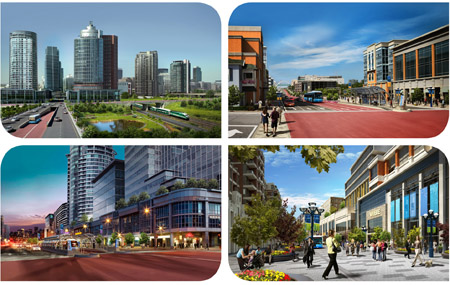Construction can be chaotic for the layperson with its oddly shaped machines digging, drilling and moving around dirt, concrete and other large items. It can be hard to understand what they’re doing exactly, but things can get even more confusing when construction terminology gets thrown around. To help anyone who might be interested we’ve compiled a list of our most often used terms, just for the fun of it –
| Abutment | A structure located at the ends of a bridge, where the bridge slab adjoins the approaching roadway. |
| Archaeological Testing/Assessment | The examination of limited areas for the purposes of identifying historical artifacts. We do this work to meet the requirements of the 2007 North Yonge Street Corridor Public Transit Improvements Environmental Assessment, which identifies areas of potential archaeological interest along the Yonge Street corridor, so that we can ensure any important historical artifacts are identified before the roadway is widened for the rapidway. |
| Backfill | Material used to replace, or the act of replacing material, removed during construction. Also, may denote material placed, or the act of placing material, adjacent to structures. |
| Bore Holes | Drilling into the ground to bring up samples of earth for testing. |
| Boulevard | A strip of grass between a sidewalk and a road, located above a curb. |
| Bridge Pier | A supporting structure at the junction of connecting spans of a bridge. |
| Caissons | A cylindrical concrete foundation that penetrates through soil to rest upon an underlying stratum of rock. Or the structural support for a type of foundation wall. |
| Canopy | A curved glass and steel structure over a vivastation platform that shelters passengers. |
| Cast-in-Place | A construction of forms filled with concrete at the final location. |
| Catch Basin | A receptacle for catching water runoff from a designated area; usually a shallow concrete box with a grating and a discharge pipe leading to a plumbing or stormwater system. |
| Cofferdam | A watertight steel enclosure from which water is pumped to expose the bottom of a body of water and permit foundation construction. |
| Corridor | Area where vivaNext has construction underway – e.g. Highway 7 East, Highway 7 West, Davis Drive or Yonge Street. |
| Culvert | A drain pipe or small bridge for drainage under a road or structure. |
| Cut and Cover | A method of tunnel construction that involves digging a trench, building a tunnel, and then covering it with fill. |
| Daylighting | The process of exposing buried utility lines to daylight. |
| Directional Drilling | Drilling sideways under structures, roadways, streams, etc. to place pipes, utility lines without excavation and generally limited to less than 30cm in diameter. |
| Duct bank | Groups of conduits designed to protect and consolidate cabling to and from buildings. Data and electrical cables are laid out within PVC conduits and bundled together; these groupings of conduit are protected by concrete and metal casings. Duct banks are often buried, allowing contractors to consolidate the wiring for a building into centralized underground paths. |
| Easement | An interest in land owned by another that entitles its holder to a specific limited use. |
| Environmental Impact | The effects a project will have upon the environment, especially the human environment. |
| Environmental Testing | Is used to verify if a piece of equipment can withstand the rigors of harsh environments. |
| Excavator | Generally tracked vehicle with rotating body and front mounted digging arm. |
| Geotechnical Testing | The process of boring, sampling, and testing the soil at various depths to enable the geotechnical engineer to discover and analyze characteristics of the soil. |
| Guy Wires | A wire used to secure a tall exterior mast, antenna, or other structure in place. |
| Hoarding | A temporary wooden fence around a building or structure under construction or repair. |
| Hydrovac | A large truck-mounted vacuum used to bore holes to locate underground utility cables and pipes. |
| Locates | Markings that locate underground infrastructure, identified as follows:
|
| Man Hole | A hole through which a person may go to gain access to an underground or enclosed structure. |
| Precast (PC) Piles | A reinforced concrete pile which is moulded in circular, square, rectangular or octagonal form. |
| Pile Driver | A noisy machine that repeatedly drops a heavy weight on top of a post-like foundation until it reaches solid soil, rock or cannot be pushed down any farther. |
| Potholing | A small, steep-sided hole usually with underground drainage. |
| Rapidway | Dedicated lanes for viva rapid transit down the centre of the road [except on Enterprise Drive, where the lanes are beside the road]. |
| Re-bar | Ribbed steel bars of various sizes used to give concrete strength in tension. |
| Sheet Piling | Planking or sheeting made of concrete, timber, or steel that is driven in, interlocked or tongue and grooved together to provide a tight wall to resist the lateral pressure of water, adjacent earth or other materials. |
| Storm Sewer | A sewer used for conveying groundwater, rainwater, surface water, or similar non-polluting wastes. |
| Test Pitting | An excavation made to examine an existing foundation, or to determine whether an area is suitable for building construction; includes the taking of soil samples and the determining of the depth of groundwater. |
| Transformer | A device that changes, or transforms, alternating current from one voltage to another. |
| Vaughan Metropolitan Centre (VMC) | Area around Highway 7 West in the City of Vaughan designated as a new development area. |
| Vivastation | A bus rapid transit station on a vivaNext rapidway. Includes a platform in each direction, like a train station. |
| Water Main | Water supply pipe generally located at the street level which may supply a number of buildings. |




